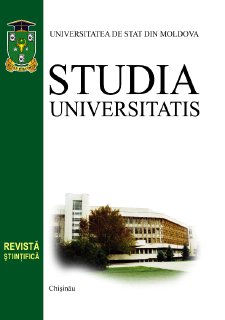TELEVISION IN THE REPUBLIC OF MOLDOVA: A DECADE OF TRANSFORMATION (1988 – 1998)
Boris PARFENTIEV, Universitatea de Stat din Moldova
Аннотация
The initial years of this decade marked the transition from totalitarianism to democracy. During this time, the
pluralism of opinions, the establishment of a multiparty system, and the embrace of freedom of expression became
legally recognized realities, even within the remnants of Soviet society. This shift laid the foundation for the emergence of independent journalism. Following the Republic of Moldova, s declaration of sovereignty in 1990 and its
subsequent independence in 1991, significant changes took place. State Television evolved into National Television,
introducing programs that addressed pressing societal issues. However, after 1993, there were noticeable regressions.
The media landscape began reverting to some of its former practices, such as increasing the number of broadcasts
that solely highlighted the activities of state bodies. These reports often lacked diverse perspectives, echoing the onesided narratives of the totalitarian era. By the close of the decade, funding for television was slashed, leading to a
reduction in broadcast hours (to as few as 6 hours daily). This limited coverage hindered a comprehensive discussion
of the myriad challenges facing society.
Keywords: television, society, independence, transition, democratization, editorial policies, freedom of expression, pluralism of opinions.


